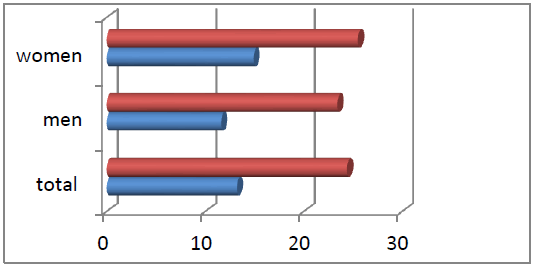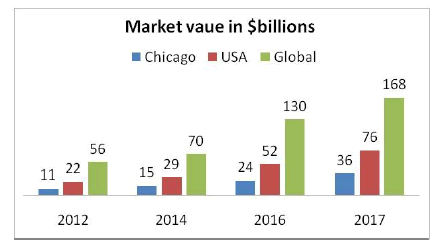Market Analysis@ Protein Engineering
Dr. Ahmet Kati
Associate Prof, AIESDE, Turkey, Email: kati.ahmed23@gmail.com
Protein Deficit is an actual persistent sickness that takes place both when the pancreas does no longer create enough insulin or on the other hand while the frame can’t viably utilize the insulin it produces. Protein is a huge public medical issue, one of the 4 pre-eminent non communicable diseases. The occurrence of Protein has been relentlessly increasing in the beyond few years.
Protein engineering is the process of developing useful proteins with much research taking place into the understanding of protein folding and recognition for protein design principles. Protein engineering has for decades been a powerful tool in biotechnology for generating vast numbers of useful enzymes for industrial applications. There will be challenging topics related to the protein dynamics in the field of protein engineering.
The new discipline of protein engineering has arisen, combining biochemistry, physical/organic chemistry, recombinant DNA technology, structural biology, and biochemical engineering. This has provided new approaches to the basic study of protein structure & function, as well as the opportunity to design and produce proteins with a broad spectrum of industrial and healthrelated applications. Protein engineering plays important role in the protein crystallography, purification and protein folding which is latest trends in protein engineering.
This has provided new approaches to the basic study of protein structure and function, as well as the opportunity to design and produce proteins with a broad spectrum of industrial and health-related applications. Protein engineering plays important role in the protein crystallography. In this work I would like concentrate on the applications of protein engineerig techniques in a phasing of macromolecules.
• Over expression of the selenomethionyl proteins
• Mutagenesis as a tool in preparation of heavy-atom derivatives
• Improvement of the crystals quality using protein engineering. Protein engineering has for decades been a powerful tool in biotechnology for generating vast numbers of useful enzymes for industrial applications. There will be challenging topics related to the protein dynamics in the field of protein engineering.
In 2011 it is observed that inside the case of Protein sufferers a crude occurrence of eight.38% was seen in Germany. The maximum prevalence changed into found inside the East German states with 12.Seventy 3% and the lowest turned into in north most states with 6.05%. Men have higher occurrence with 84% than girls, who has 7.98%. In 2022, it's far expected that the entire occurrence will amount to 9.34%.
As indicated via the Proteomics for Bioinformatics insights, currently every seven seconds someone is reckoned to die from diabetes or by way of its headaches. 50% of the deaths are occurring commonly underneath the age of 60 years. Diabetes occurrence has risen more unexpectedly in growing countries.

By the 12 months 2045, the Diabetes is anticipated to growth similarly to nine.9% globally. This counts populace of 424.9 million human beings with diabetes in 2017 will make bigger to 48% that allows you to be round 628.6 million humans. Practically 50% of the deaths from Hyperglycaemia occur before the age of 70 years. World Health Organization (WHO) calculated that Diabetes is the seventh leading reason of loss of life in 2016.
Protein crystallization is the most crucial and the largest segment, and it accounted for 47% of the market in 2013. On the basis of products, the protein crystallization market has segments such as reagents/consumables and instruments. Reagents/consumables accounted for 85% of the protein crystallization & crystallography product market. It is expected to grow at a high CAGR of 11% over the forecast period. The global market was valued at $775 million in 2013 and is expected to reach $1,253 million by 2018.
This market is $56 billion in 2012 to $168 billions in 2017, a compound annual growth rate (CAGR) of 10.9% from 2012 through 2017.

-
4th International Conference on Protein Engineering
Helsinki, Finland
Open Access Journals
- Aquaculture & Veterinary Science
- Chemistry & Chemical Sciences
- Clinical Sciences
- Engineering
- General Science
- Genetics & Molecular Biology
- Health Care & Nursing
- Immunology & Microbiology
- Materials Science
- Mathematics & Physics
- Medical Sciences
- Neurology & Psychiatry
- Oncology & Cancer Science
- Pharmaceutical Sciences
